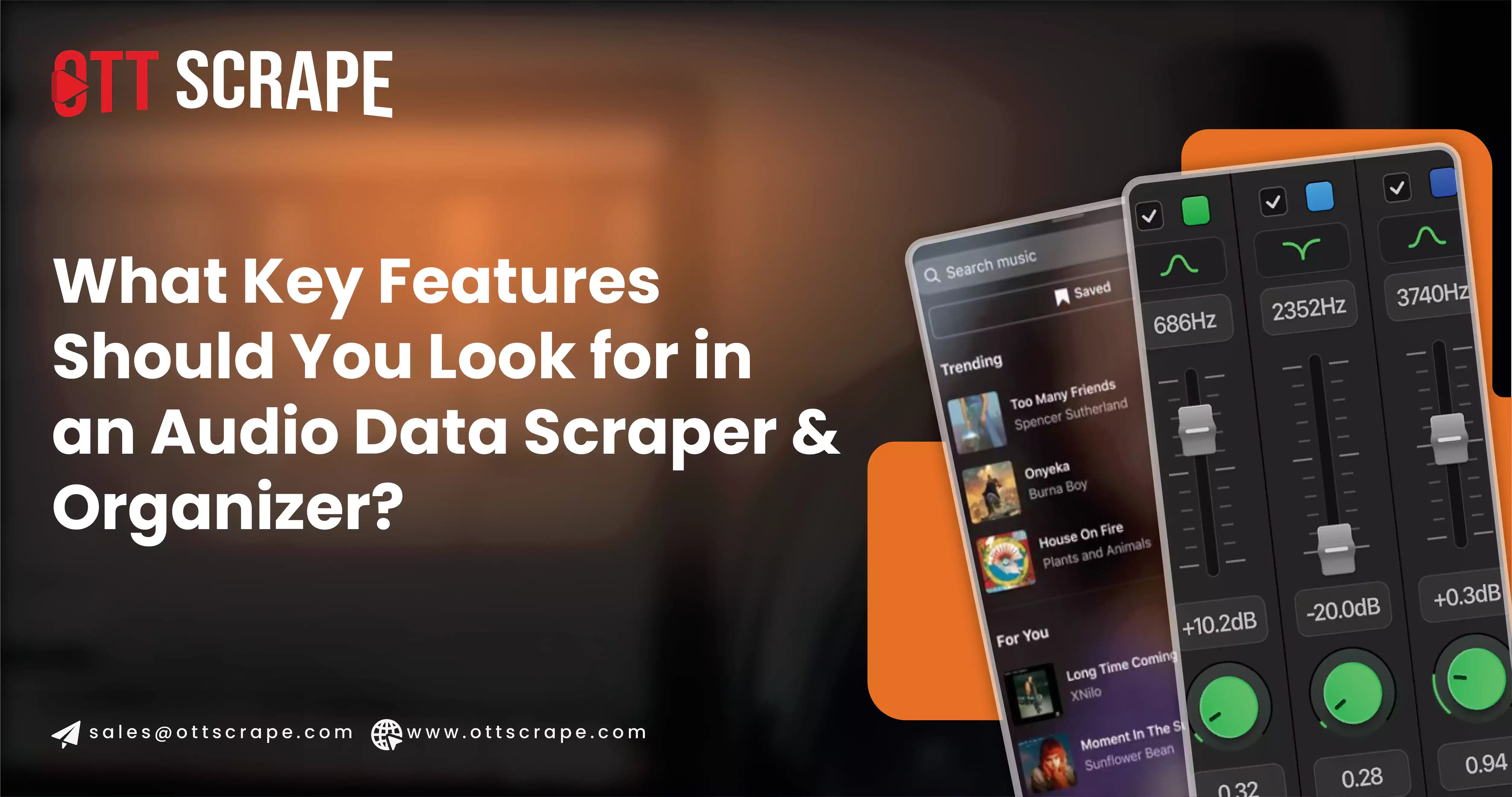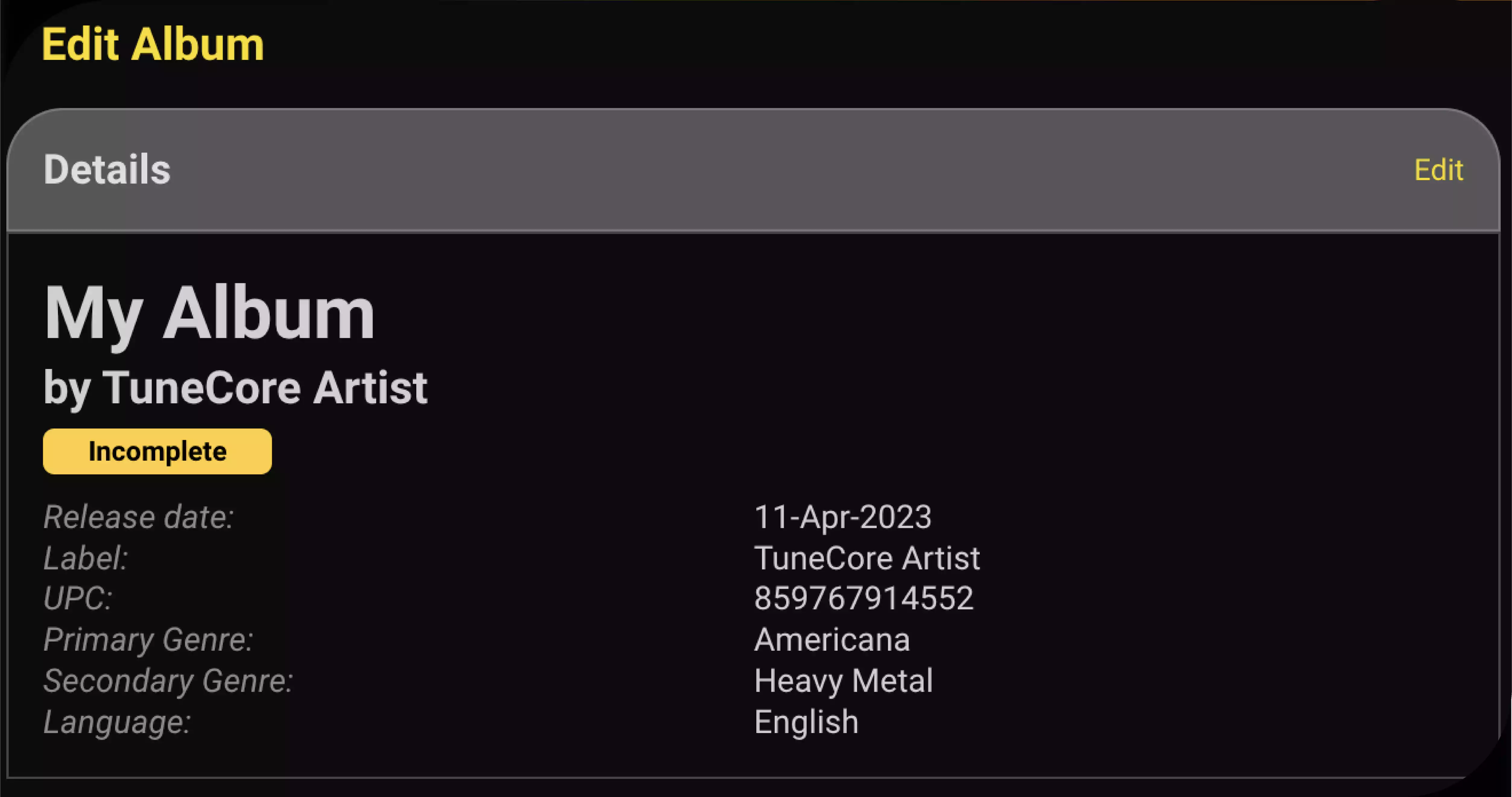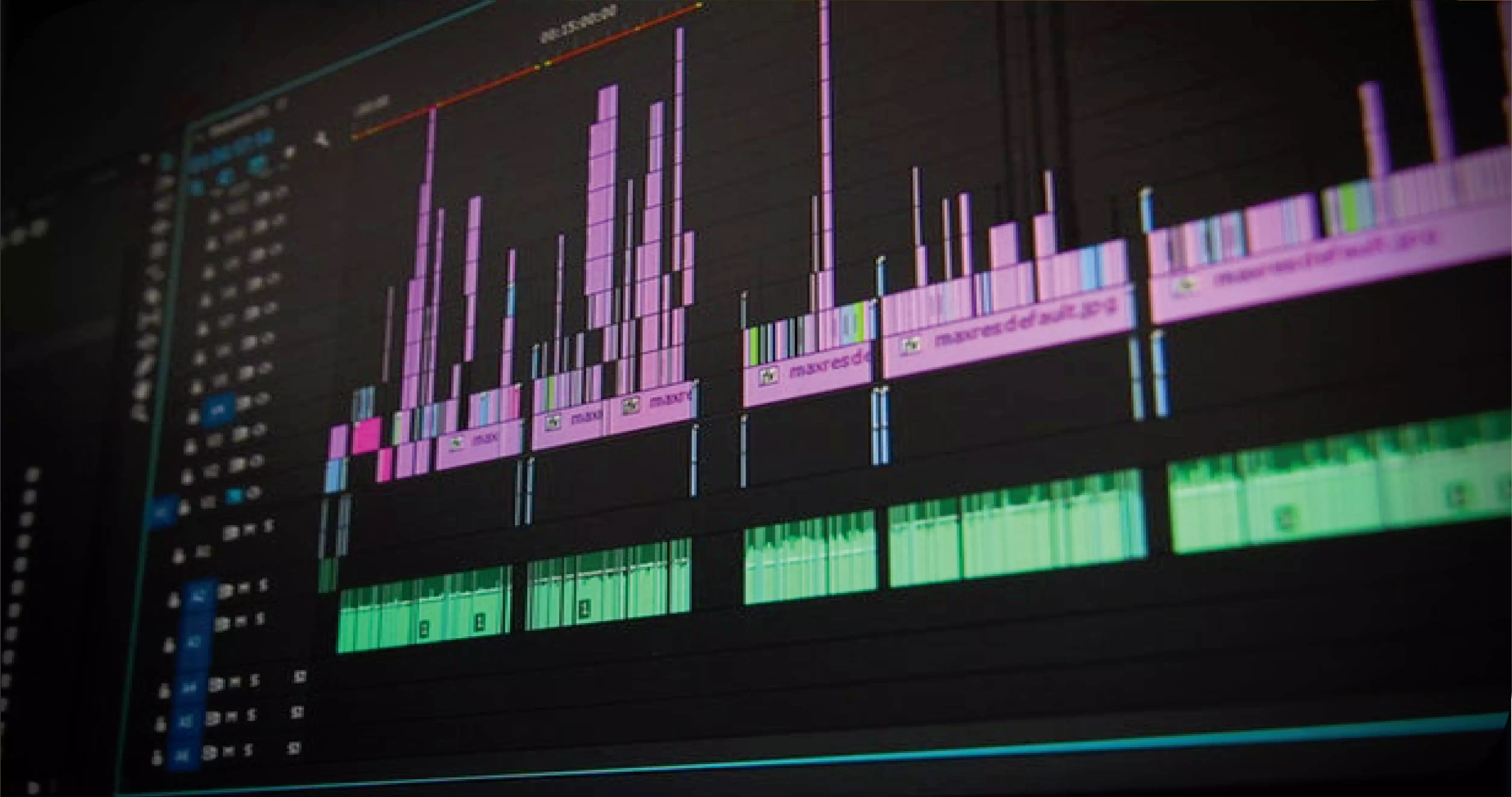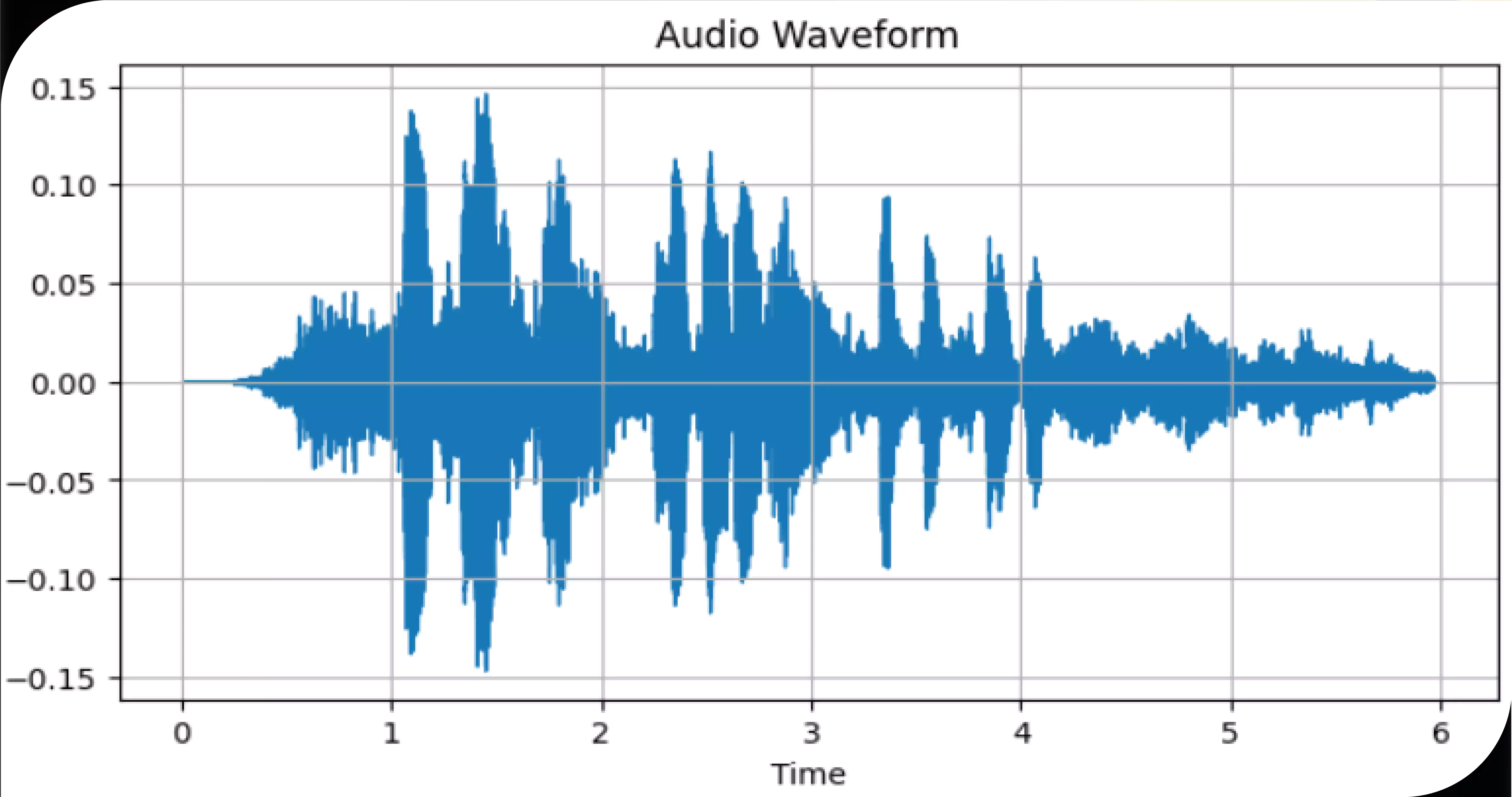
Introduction: The rising demand for scraping audio data is driven by the exponential growth of digital content and the need for detailed insights into audio consumption patterns. Businesses, content creators, and marketers seek to understand listener behavior, optimize content, and target their audiences more effectively. This demand has led to the development specialized tools like the Audio Data Scraper & Organizer.
This tool is crucial in meeting comprehensive and efficient audio data management needs. It automates the extraction of valuable information such as metadata, audio features, and user engagement metrics from various sources. By organizing this data systematically, with features like automatic tagging and customizable folders, the tool ensures easy access and retrieval of information. Advanced analysis tools within the organizer provide deep insights into trends, audience preferences, and audio quality, enabling users to make data-driven decisions.
The Audio Data Scraper & Organizer is indispensable for leveraging audio data to enhance content strategies, marketing efforts, and overall business operations.
About Audio Data Scraper & Organizer

The Audio Data Scraper & Organizer is an advanced tool designed to simplify audio data extraction, organization, and analysis from various sources. It efficiently extracts comprehensive audio-related information, including metadata (title, artist, album, genre, release date), audio features (tempo, key, duration, quality), and user engagement metrics (play counts, likes, comments, shares). Once extracted, the tool organizes the data systematically with automatic tagging, customizable folders, and powerful search and filter capabilities.
Advanced analysis tools provide insights into trends, audience preferences, and audio quality, helping users optimize content and target marketing efforts effectively. Scraping audio data streamlines operations by automating data management processes for businesses and content creators, saving time and resources. The Audio Data Scraper & Organizer is essential for enhancing content strategies, improving marketing efficiency, and gaining valuable insights into audience behavior, making it a must-have in the competitive audio content landscape.
Significance of Scraping Audio Data

Scraping audio data is crucial for businesses and content creators, offering deep insights into audience preferences and behaviors. This data enables optimized content strategies, targeted marketing, quality assurance, and personalized user experiences, ultimately driving engagement and competitive advantage.
Content Optimization: Audio data scraping services enable creators to gain deep insights into their audience's preferences and behaviors. By analyzing which genres, artists, and tracks are most popular, creators can tailor their content to meet the demands of their listeners. This trend analysis helps stay current with the latest developments in the audio industry, ensuring the content produced is relevant and appealing to the target audience.
Marketing and Advertising: Detailed audio data is invaluable for marketing and advertising efforts. Understanding listener demographics and preferences allows for the creation of highly targeted advertising campaigns. Engagement metrics such as play counts, likes, and shares clearly show how effective marketing strategies are, enabling marketers to refine their approaches and improve campaign performance.
Business Intelligence: Audio data scraping provides critical insights into business intelligence. Analyzing data from competing platforms or artists helps businesses understand market dynamics and develop competitive strategies. Performance metrics like listener growth and engagement levels are essential for informed business planning and decision-making, helping businesses stay ahead in a competitive market.
Content Monetization: Accurate tracking of plays and user engagement is crucial for content monetization. This data ensures fair compensation for artists through royalty tracking and supports the development of subscription models and premium content offerings. By understanding how users engage with content, businesses can create monetization strategies that maximize revenue while meeting audience needs.
Quality Assurance: Extracting audio data allows for thorough quality assurance. It enables audio quality assessment across different tracks and platforms, ensuring a consistent and high-standard listening experience for users. Additionally, identifying issues such as audio dropouts or incorrect metadata helps maintain content quality and enhances user satisfaction.
Personalization: Detailed listener data enables the creation of personalized content experiences. Customized playlists and recommendations based on individual habits enhance user satisfaction and engagement. Real-time data adaptation can improve the user experience, making content delivery more dynamic and responsive to user preferences.
Content Management: Automated scraping and organizing of audio data facilitate efficient content management. Large audio libraries can be cataloged more effectively, making finding and utilizing content easier. Enriching audio files with detailed metadata improves searchability and organization, streamlining content management processes.
In summary, Audio data scraper is vital for optimizing content, enhancing marketing efforts, informing business decisions, ensuring quality, personalizing user experiences, managing content efficiently, complying with legal requirements, fostering innovation, and engaging audiences effectively.
Key Features of Audio Data Scraper & Organizer

The Audio Data Scraper & Organizer offers comprehensive solutions for extracting, organizing, and analyzing audio data. Key features include detailed data extraction, efficient organization, advanced analysis tools, user-friendly interface, scalability, secure data handling, integration capabilities, and automated processes.
Comprehensive Data Extraction: It excels in extracting a wide range of detailed information. This includes metadata such as titles, artists, albums, genres, and release dates. It also gathers audio features like tempo, key, duration, and quality. The tool also captures user engagement metrics, such as play counts, likes, comments, and shares. This comprehensive extraction capability ensures you have all the necessary data to understand and analyze your audio content effectively.
Efficient Data Organization: Once data is scraped, it systematically organizes it for easy access and retrieval. It automatically tags metadata and audio features, streamlining the organization process. Customizable folders can be created based on various criteria such as genre, artist, or release date, enhancing the organization further. Advanced search and filtering options allow quick access to specific data points, making data management efficient and user-friendly.
Advanced Analysis Tools: The tool includes powerful analysis tools to provide deep insights into your audio data. It identifies popular content and emerging trends over time through trend analysis. Audience insights are derived by analyzing listener behavior and preferences, informing content strategy. Additionally, it evaluates audio quality and consistency across different files and platforms, ensuring a high content delivery standard.
User-Friendly Interface: It features an intuitive design that is easy for beginners and advanced users to navigate. Comprehensive dashboard views display key metrics and insights at a glance, making monitoring and managing your audio data simple. This user-friendly interface ensures you can efficiently utilize the tool's features without a steep learning curve.
Scalability and Flexibility: It is suitable for both small and large-scale operations and is designed to handle large volumes of data. Its scalable architecture allows it to grow with your needs. Additionally, the tool offers customizable settings to fit specific user requirements, providing the flexibility needed to adapt to various use cases and preferences.
Secure and Ethical Data Handling: The tool ensures that extracted data is handled securely and complies with data protection regulations. It adheres to ethical standards and legal requirements for data scraping, ensuring that your data collection practices are legally responsible. This commitment to security and ethics helps maintain trust and integrity in your data management processes.
These key features make the Audio Data Scraper & Organizer an indispensable tool for efficiently managing and leveraging audio data.
Conclusion: The Audio Data Scraper & Organizer is a powerful tool that streamlines audio data management through its comprehensive features. Efficiently extracting detailed metadata, audio characteristics, and engagement metrics ensures that businesses and content creators have access to valuable insights. Its advanced organization capabilities and robust analysis tools facilitate a deeper understanding of audience preferences and content performance. With a user-friendly interface, scalable architecture, and secure data handling, this tool supports small- and large-scale operations. Embracing the Audio Data Scraper & Organizer enhances content strategies, drives informed decision-making and optimizes overall user engagement and satisfaction.
Embrace the potential of OTT Scrape to unlock these insights and stay ahead in the competitive world of streaming!
